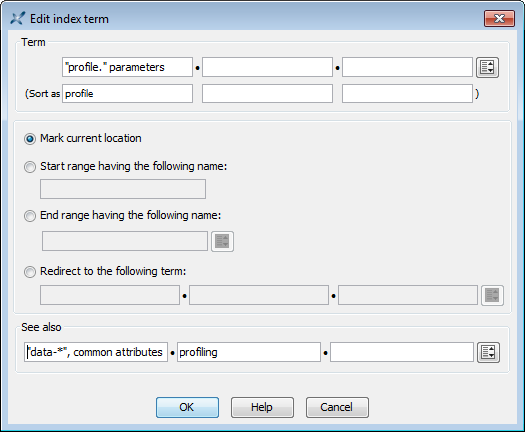


It is nevertheless possible to distinguish types of glosses: lexical, translation-related, paraphrasing, variant readings, or commentary (some of which are lengthy, and quote from one or more other authors). Some interlinear glosses in one manuscript are marginal in another, and one version of a gloss might be short in one manuscript but in another it might be lengthy. In the Oxford gloss, it is difficult to differentiate between glosses and scholia along the lines proposed by scholars for other corpora, such as position or length. In glossed Bibles, scholia would be notes added in the margins for teaching purposes, but not pertaining to the Glossa ordinaria, the corpus of glosses on the Biblical text standardized in the twelfth century (Morard 2017b). Glosses can be assembled in a separate commentary, and one can distinguish them according to a typology: prosodic, lexical, morphological, etc. Other scholars treat a scholium as a specific kind of gloss that is longer than average, and has an interpretative or explanatory nature. Tov lists even other types of additions, like interlinear and marginal corrections, exegetical elements, variant readings, or scribal remarks, but in the end he admits that it is difficult to distinguish between them. For most scholars, a gloss explains a particular word through synonyms or a brief definition, whereas a scholium treats a larger part of the text and provides part of a general commentary (Tov 2020, 41–42). Both designate marginal or interlinear notes. 1.1 Gloss or Scholion?ģThe term gloss is sometimes distinguished from the term scholion or scholium. Either an attachment sign was copied above the lemma and reproduced beside the gloss, or the lemma was repeated at the beginning of the gloss. Different techniques were used, even on the same page, to link a marginal gloss to its lemma, the word or phrase in the central text. Each manuscript therefore has both marginal and interlinear annotations, which are referred to universally as glosses, no matter the length or content. Most of the gloss was copied in the margins, which were designed to accommodate several columns of those notes, but a significant portion was placed between the lines. 2The Aristotelian text was written in the middle of the page, in a large module.


 0 kommentar(er)
0 kommentar(er)
